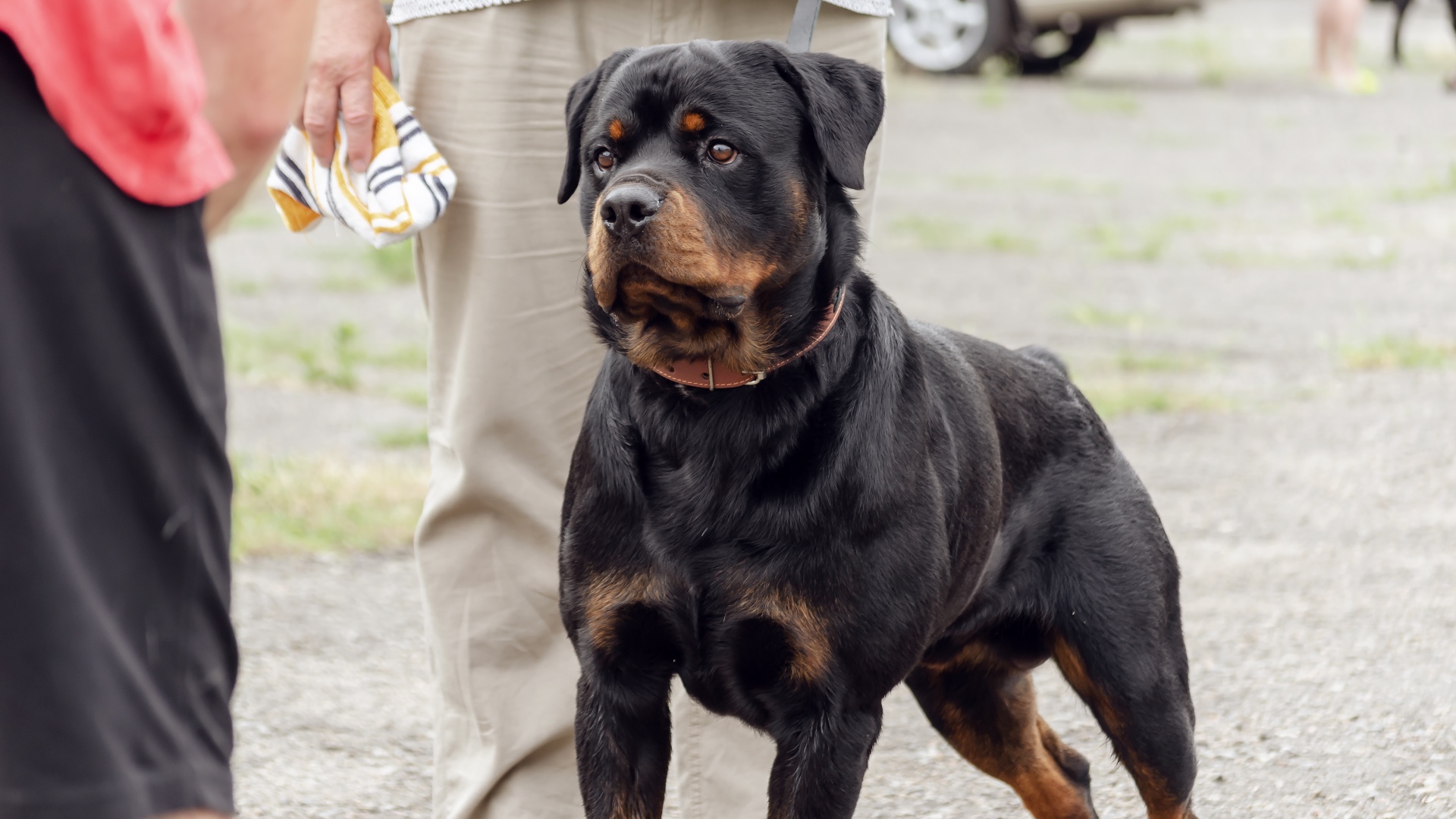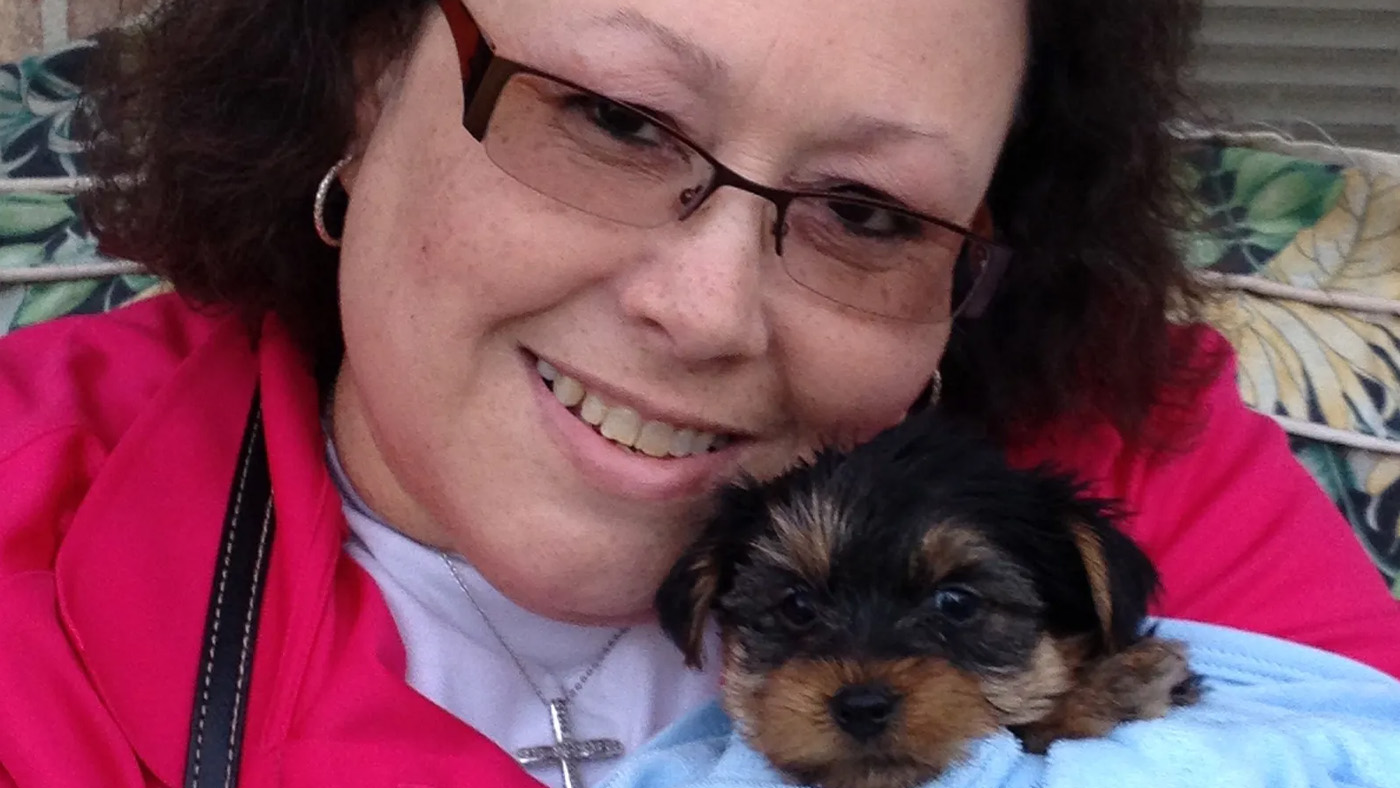Manage your dog’s leash reactivity with this clever tip from an expert trainer
Enjoy calmer walks with your leash reactive dog thanks to this trainer’s simple tip

Does your dog struggle with reactivity? If so, you're not alone.
While a lot of pet parents assume that they're in minority when it comes to their dogs fear-related behavior problems, a recent study published in Scientific American reveals these issues are widespread.
In fact, when researchers surveyed more than 13,000 dogs, they found a staggering 72% displayed reactive behaviors.
The good news is that while learning how to calm a reactive dog takes time, patience, and consistency, it can be done, and expert trainers like Piper Novick are here to show you how.
In a recent video posted to Instagram, Novick deals with one of the most common triggers for reactivity in dogs - being on their leash.
You can can check out the clip below or read on for a summary of her top tip on how to deal with this issue...
A post shared by Happy Dogs Training (@happydogstrainingnc)
A photo posted by on
"A common misconception is that your dog needs to be close to a trigger in order for the exposure to have a therapeutic effect," explains Novick, "however, distance can be powerful."
PetsRadar Newsletter
Get the best advice, tips and top tech for your beloved Pets
In the video, Novick can be seen walking two dogs, one of whom is very reactive.
She lets him observe another dog off in the distance and shows how he is able to watch the trigger before disengaging and moving on.
"Any positive exposure to a trigger is therapeutic, no matter how far away you are from the trigger," Novick says.
When working with this sort of leash reactivity, you'll want to make sure you're armed with plenty of the best dog treats that you can use as a way of capturing your dog's focus.
From there, we recommend using the Engage/Disengage game for training around specific triggers.
Start at a safe distance away from the trigger where your dog isn't reacting and wait for them to notice the trigger on their own.
At the precise moment your dog engages with the trigger, use your clicker to issue a single click and when your dog turns their head toward you after the click, reward them with a treat.
If your dog reacts to the trigger or won't respond to you when you issue the click, simply move slightly further away and repeat the process at a safer distance.
Novick says it's important to help your dog cultivate peace and security around triggers, and the above game is a great way to do that.
Reactivity is a tough issue to deal with and it can leave you feeling frustrated, isolated, and alone.
If you find your dog isn't making the positive progress you'd hoped for, we recommend reaching out to a professional trainer for some 1:1 support.
Our guide to how to spot dog trainer red flags will ensure you find a qualified and reputable professional who uses positive training methods.

Kathryn is a freelance writer who has been a member of the PetsRadar family since it launched in 2020. Highly experienced in her field, she's driven by a desire to provide pet parents with accurate, timely, and informative content that enables them to provide their fur friends with everything they need to thrive. Kathryn works closely with vets and trainers to ensure all articles offer the most up-to-date information across a range of pet-related fields, from insights into health and behavior issues to tips on products and training. When she’s not busy crafting the perfect sentence for her features, buying guides and news pieces, she can be found hanging out with her family (which includes one super sassy cat), drinking copious amounts of Jasmine tea and reading all the books.
